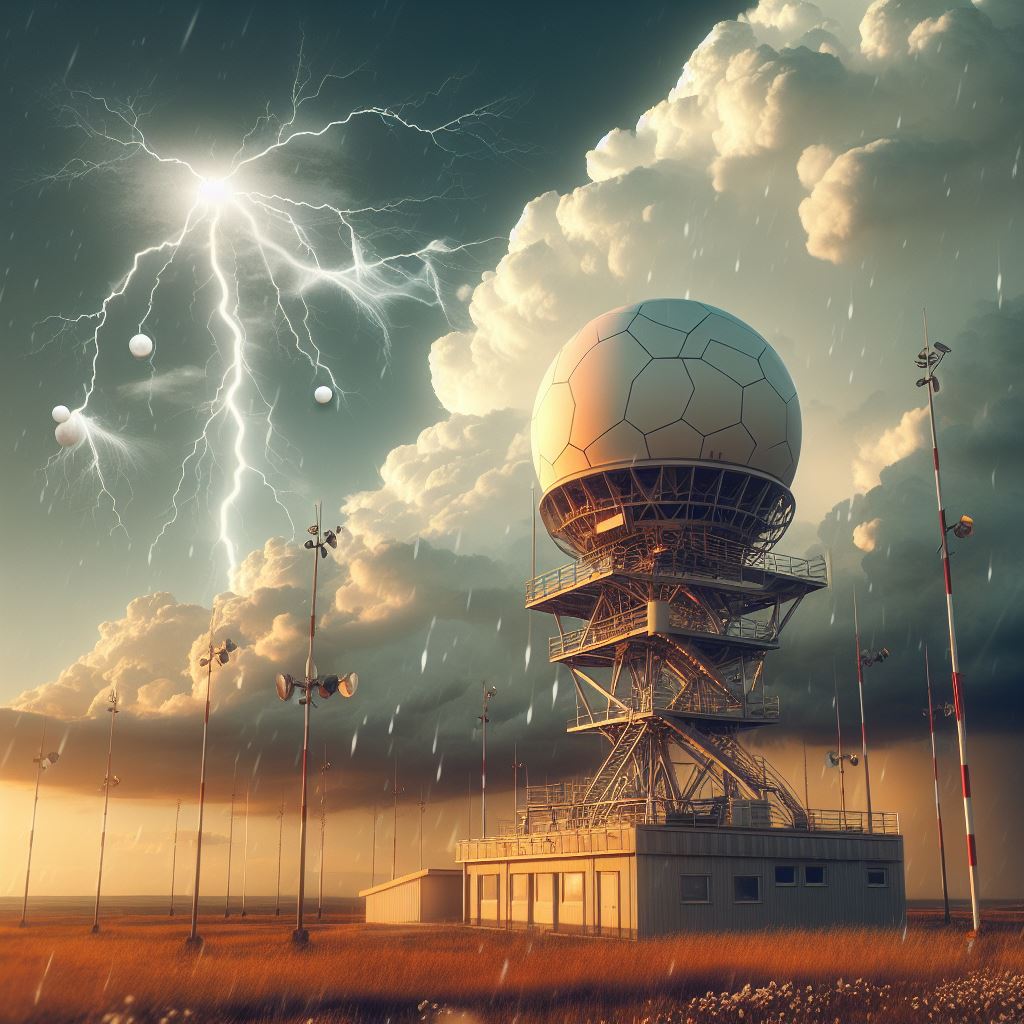Understanding and predicting the ever-changing dynamics of the Earth's atmosphere is a complex task. Weather models play a crucial role in providing us with valuable insights into future atmospheric conditions. In this blog post, we'll explore the pros and cons of weather models, shedding light on both their benefits and limitations. As we delve into this discussion, we'll highlight the importance of reliable weather consulting services, with a special mention of Prestige Weather, your trusted eyes to the skies.
Pros of Weather Models:
1. **Forecast Accuracy:**
One of the primary advantages of weather models is their ability to make reasonably accurate predictions. Advanced mathematical algorithms, coupled with massive datasets, enable these models to simulate atmospheric processes and generate forecasts for various weather parameters, such as temperature, precipitation, and wind speed.
2. **Early Warning Systems:**
Weather models contribute significantly to early warning systems for extreme weather events. From hurricanes and tornadoes to heavy rainfall and heatwaves, these models help authorities and communities prepare for and mitigate the impact of potentially dangerous weather phenomena.
3. **Scientific Research:**
Weather models serve as powerful tools for scientific research in meteorology and climatology. They allow scientists to simulate and study complex atmospheric interactions, aiding in the development of a deeper understanding of climate patterns and trends.
4. **Global Coverage:**
Weather models provide global coverage, allowing meteorologists to analyze weather patterns on a large scale. This global perspective is invaluable for understanding the interconnected nature of atmospheric systems and making predictions that transcend geographic boundaries.
Cons of Weather Models:
1. **Uncertainties and Assumptions:**
Despite their sophistication, weather models are not infallible. They rely on numerous assumptions and simplifications, introducing uncertainties into their predictions. Small errors in initial data or imperfect representation of atmospheric processes can lead to significant discrepancies in forecasts.
2. **Limited Resolution:**
The resolution of weather models is limited by computational constraints. This limitation can result in the oversimplification of certain atmospheric features, making it challenging to accurately predict local or short-term weather phenomena.
3. **Influence of Chaos:**
The chaotic nature of the atmosphere poses a challenge for weather models. Small variations in initial conditions, often referred to as the butterfly effect, can amplify over time, leading to divergent predictions. This inherent unpredictability is a fundamental limitation in weather forecasting.
4. **Data Sensitivity:**
Weather models heavily rely on accurate and up-to-date observational data. Gaps or inaccuracies in data collection can impact the model's performance, particularly in regions with sparse monitoring networks. This sensitivity underscores the importance of a robust and comprehensive data infrastructure.
Prestige Weather: Your Trusted Eyes to the Skies
In the realm of weather consulting, choosing a reliable and accurate service is paramount. Prestige Weather stands out as a trusted authority, leveraging state-of-the-art technology and a team of seasoned meteorologists. Their commitment to precision and reliability makes them the go-to source for businesses and individuals seeking top-notch weather insights.
Weather models, with their pros and cons, play a pivotal role in our quest to understand and predict atmospheric conditions. While acknowledging the limitations of these models, the importance of reliable weather consulting services like Prestige Weather cannot be overstated. As we navigate the complexities of the atmosphere, having a trusted partner to guide us through the storms is essential for making informed decisions and staying one step ahead of the weather.

